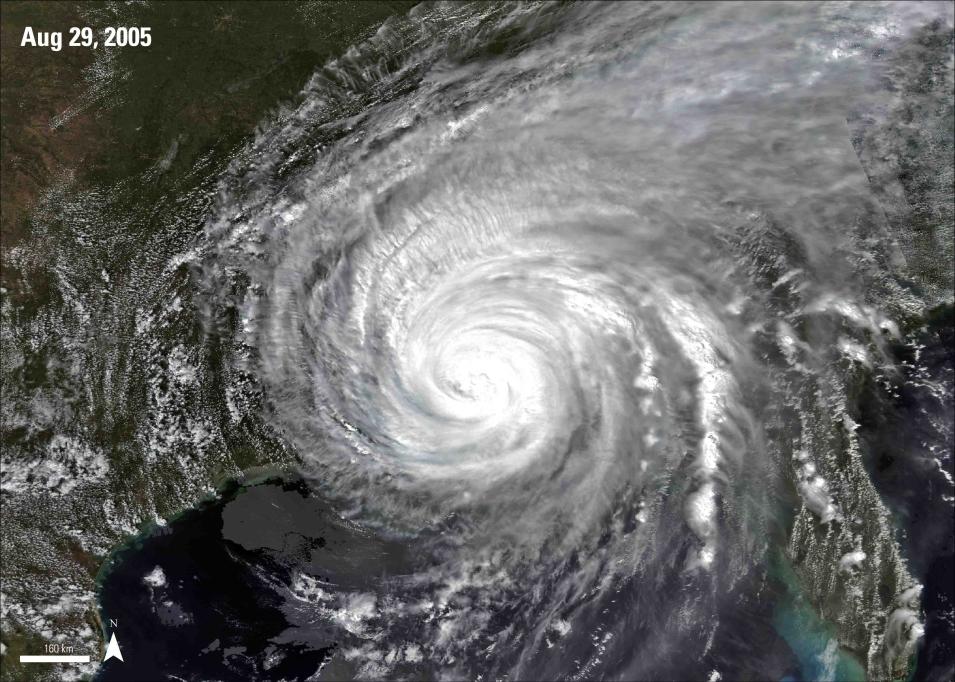References
Article References
Dreher, C., Flocks, J., and Lavoie, D., 2007, Assessing the resilience of a vital barrier-island chain – Chandeleur and Breton Islands, Louisiana, accessed August 5, 2015, at http://soundwaves.usgs.gov/2007/12/fieldwork2.html.
Government Publishing Office, 2006, The impact of Hurricanes Katrina and Rita on the National Wildlife Refuge System oversite hearing, accessed August 5, 2015, at gpo.gov/fdsys/pkg/CHRG-109hhrg26654/html/CHRG-109hhrg26654.htm.
List, J., Louisiana Barrier Islands: A Vanishing Resource, accessed August 19, 2015.
National Climatic Data Center, 2005, Hurricane Katrina, accessed August 19, 2015, at http://www.ncdc.noaa.gov/extremeevents/specialreports/Hurricane-Katrina… (link removed by source).
National Geographic, 2010, Hurricane Katrina: The essential time line, accessed July 16, 2015, at http://news.nationalgeographic.com/news/2005/09/0914_050914_katrina_tim… (link removed by source).
National Hurricane Center, 2011, The deadliest, costliest, and most intense United States tropical cyclones from 1851 to 2010 (and other frequently request hurricane facts), accessed August 11, 2015 at nhc.noaa.gov/pdf/nws-nhc-6.pdf.
National Weather Service Natural Hurricane Center, Saffir-Simpson hurricane wind scale, accessed July 16, 2015.
National Wildlife Federation, 2006, When hurricanes hit habitat, accessed July 27, 2015.
Sallenger, A., Wright, C., Howd, P., Doran, K., and Guy, K., 2009, Extreme coastal changes on the Chandeleur Islands, Louisiana, during and after Hurricane Katrina, accessed August 5, 2015, at pubs.usgs.gov/sir/2009/5252/downloads/Chapter-B/Chapter-B.pdf.
Tibbetts, John, 2006, Louisiana’s wetlands— A lesson in nature appreciation: Environmental Health Perspectives, v. 114, no 1, p. A40–A43, at ncbi.nlm.nih.gov/pmc/articles/PMC1332684/.
U.S. Fish & Wildlife Service, 2013, Breton National Wildlife Refuge, accessed July 27, 2015, at http://www.fws.gov/breton/ (link removed by source).
Image References
Aug. 29, 2005, MODIS Surface Reflectance Mosaic Image Granule IDs
- MYD09GA.A2005241.h09v05.005.2008061055945
- MYD09GA.A2005241.h09v06.005.2008061062850
- MYD09GA.A2005241.h10v05.005.2008061055410
- MYD09GA.A2005241.h10v06.005.2008061060023
- MYD09GA.A2005241.h11v05.005.2008061055518
- MYD09GA.A2005241.h11v06.005.2008061063227
- MOD09GA.A2005241.h11v06.005.2008061004050
- MOD09GA.A2005241.h10v06.005.2008061002650
2005-2015 Infrared False-Color AST_L1B Images Granule IDs
- AST_L1B_00308072005164249_20101107022539_8121
- AST_L1B_00309082005164230_20101105183828_23951
- AST_L1B_00308212010164312_20100827202729_5260
- AST_L1B_00307182015164444_20150720124649_24803

